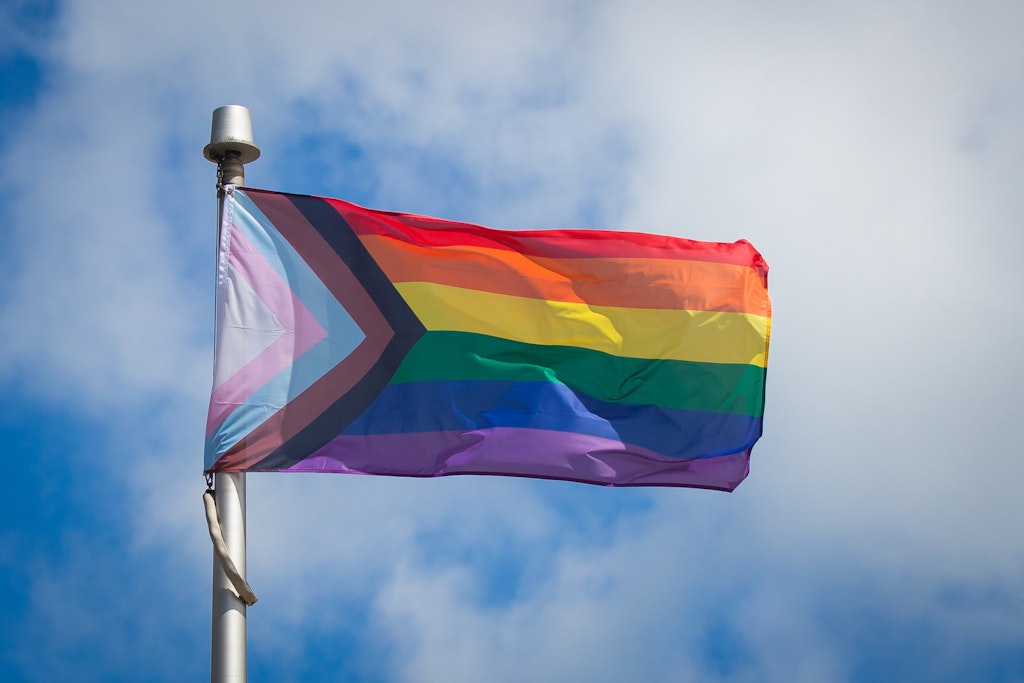The “conversion therapy” ban still makes for bad law
Recent amendments have failed to answer serious concerns about its implications
The Government’s deliberations on whether to legislate against conversion practices have been rumbling on for years, and it may be that its hand will be forced. Conservative MPs Alicia Kearns and Elliot Colburn have both added amendments to ban conversion practices to the Government’s flagship Criminal Justice Bill. This puts new pressure on the Government to confront the problem: either by voting down the amendments (if it can muster the numbers), accepting the amendments, or agreeing to bring back alternatives in the hope that this will placate signatories.
These amendments follow two private members Bills before Parliament, one in each House, seeking to introduce a ban on conversion practices aimed at changing or suppressing someone’s sexual orientation or gender identity. The Government has previously committed to banning such practices but has repeatedly delayed introducing a Bill, citing complexities in the interaction between sexual orientation and gender identity and concerns over the criminalisation of parents, teachers or counsellors having exploratory conversations, including in the context of therapy that is vitally important for gender distressed children and adults.
Central to these concerns is the difficulty of providing a precisely targeted criminal law framework that is clear and proportionate. The creation of new criminal offences should not be done lightly and should be narrowly tailored to meet an identified need that warrants the intervention of the criminal law. None of the amendments or Bills tabled to date meet this demanding test
The Bills and amendments vary, but the Kearns amendment has to date attracted the highest profile supporters, and it is this that will be putting most pressure on the Government. It seeks to prohibit conversion practices, defined as:
… any conduct or activities carried out with intent to change, replace, suppress, or negate an individual’s actual or perceived sexual orientation or gender identity (or lack thereof).
An important aspect of any new criminal law is how each part of an offence is defined. In the Bill proposed by Lloyd Russell-Moyle MP, that failed to pass Second Reading on Friday 1 March, “sexual orientation”, “transgender”, and “transgender identity” are claimed to have the same meaning as in the Sentencing Act 2020. Unfortunately, if one then looked up the Sentencing Act, one would find no definition of sexual orientation or transgender identity. These terms are used but not defined in the Sentencing Act, something which would be dangerous in a new law where criminal liability is dependent upon their meaning. The Kearns amendment (which Russell-Moyle has backed) provides no definition of sexual orientation, gender identity or transgender identity.
The problem is that this is an area of social and political contestation, with many disagreeing profoundly on what it means to be transgender and what it means to have or to change sexual orientation. One key question here is whether sexual orientation refers to attraction to members of one biological sex or another or whether it tracks attraction to one gender identity or another. If the former, then attempts to convince lesbians to accept trans women into their pool of potential sexual partners would be a conversion practice. If the latter, then the prohibition on conversion practices would not protect those who understand their sexual orientation to be tied to attraction to members of one or other biological sex. If sexual orientation is not defined in a “conversion” Bill — and clarity given as to whether it refers to biological sex, gender identity, or something else — the Bill will simply not be workable.
Given how divided we are as a society about such matters, it would be extremely hard to write a Bill that defined these terms in a fully comprehensive manner — or to be confident in how judges now, or in the future, will interpret such terms. That alone should be good reason to reconsider legislating on this matter.
Additionally, many have raised concerns that a criminal ban on conversion practices is unnecessary and, if not carefully drafted, may produce adverse consequences. One of the most serious of these consequences would be discouraging the careful therapy necessary to prevent medical transition motivated by internalised homophobia from children who would otherwise grow up to accept a same-sex sexual orientation — what has been referred to by some campaigners as “transing away the gay”.
Another concern is that banning “trans conversion therapy” could criminalise a parent or teacher who did not “affirm” a child’s statement that they were trans, and instead sought to explore it. Although Kearns’s amendment attempts to provide a carve-out for this, the imprecise language, including its failure to define terms, means that this would remain a risk.
Kearns’s amendment does demonstrate a first-step at recognising some of these concerns. There are proposed carve-outs, including where someone is expressing a religious or other belief, so long as it is not directed at an individual as an attempt to change their sexual orientation or gender identity; the expression of disapproval of, or acceptance of, a person’s sexual orientation or gender identity; offering support to someone who is questioning their sexual orientation or gender identity; conduct from a person exercising parental responsibility; and conduct from health professionals providing healthcare, so long as they do not have a predetermined outcome in mind and are complying with regulatory standards.
If passed, there is the potential for a dramatic range of unintended and adverse consequences
These exceptions are welcome, but given recent history of police over-enforcement in this area, may not be enough to alleviate the concerns of opponents. Policy Exchange has exposed previous examples of activist overreach in the judicial system, the health service and in schools. Given the highly contested nature of gender identity in society, as well as the lack of consensus — both societal and legal — on key terms, the ethics of medical practices (such as administering puberty blockers) and — not least — what genuinely is in the best interests of a child who expresses gender distress, it is unclear how these exceptions are to be implemented or assessed in practice. If passed, there is the potential for a dramatic range of unintended and adverse consequences, both in the professional practice of those who work with young people in schools, hospitals and elsewhere, in the over-zealous enforcement by police officers trained more on EDI leaflets than statutory text — and in the ultimate findings of the courts. Kearns’s exceptions simply do not take sufficient account of the recent history of how activists have distorted well-meant laws to erode people’s rights.
Depending on how the law understands sexual orientation, this would still make it a crime to attempt to convince lesbians to include trans women within their dating pool, as well as other forms of sexual orientation conversion coercion. It would also be a crime to attempt to convince an individual to adopt or reject a transgender identity, unless one is a parent acting with the welfare of their child as the paramount concern. How this is to be evidenced or assessed is unclear.
All in all, the Kearns amendment still falls short of the standard required for robust criminal legislation. It attempts to respond to many of the concerns raised by opponents to similar proposals in the past — yet does not do so with sufficient clarity to deliver a legally effective ban that avoids unintended consequences. It would be better not to legislate for a ban. But if the Government does find its hand forced, it is clear that any amendment would need significant scrutiny and further refinement before being fit to enter our statute books.
Enjoying The Critic online? It's even better in print
Try five issues of Britain’s most civilised magazine for £10
Subscribe














